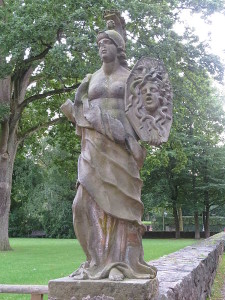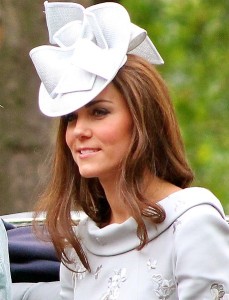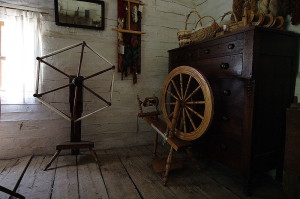As reported by a Baltimore local CBS affiliate, Farryn Johnson was terminated from her position as a server with Hooters restaurant because black women can’t have blonde hair. Here’s the video:
http://youtu.be/13MOmIamrjU
Private employers often have wide latitude to “brand” their employees, but should hair color – – – or styles – – – vary by race?
This certainly isn’t the first time this issue has been raised and it’s treated in the “dressing professionally” chapter of Dressing Constitutionally. It has vexed a number of courts, who would be less confused if the judges read and understood the scholarship of several African-American legal scholars who have provided trenchant analysis of the issue:
First of all, there’s Paulette M. Caldwell’s terrific and groundbreaking article, A Hair Piece: Perspectives on the Intersection of Race and Gender published in Duke Law Journal in 1991. And there’s Angela Onwuachi-Willig, ‘Another Hair Piece: Exploring New Strands of Analysis Under Title VII,’ published two decades later. And there’s D. Wendy Greene’s spot-on article, Black Women Can’t Have Blonde Hair . . . In The Workplace, published in 2011 in Journal Gender Race & Justice.
These scholars provide the nuances of employment discrimination doctrine under Title VII as well as a cultural discussions of hair.
But really, the answer should be rather simple: it’s race discrimination for an employer to terminate a black woman for hair that would be acceptable on the head of a white woman.
Of course, there is an even simpler answer to a different question: should an employer be mandating the color of any employee’s hair?
[h/t Atiba Ellis]




